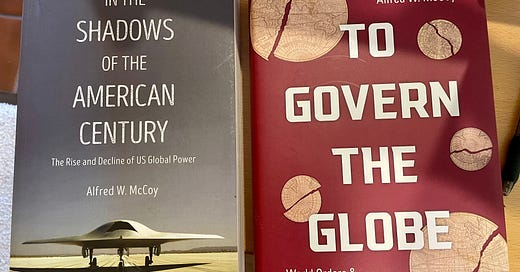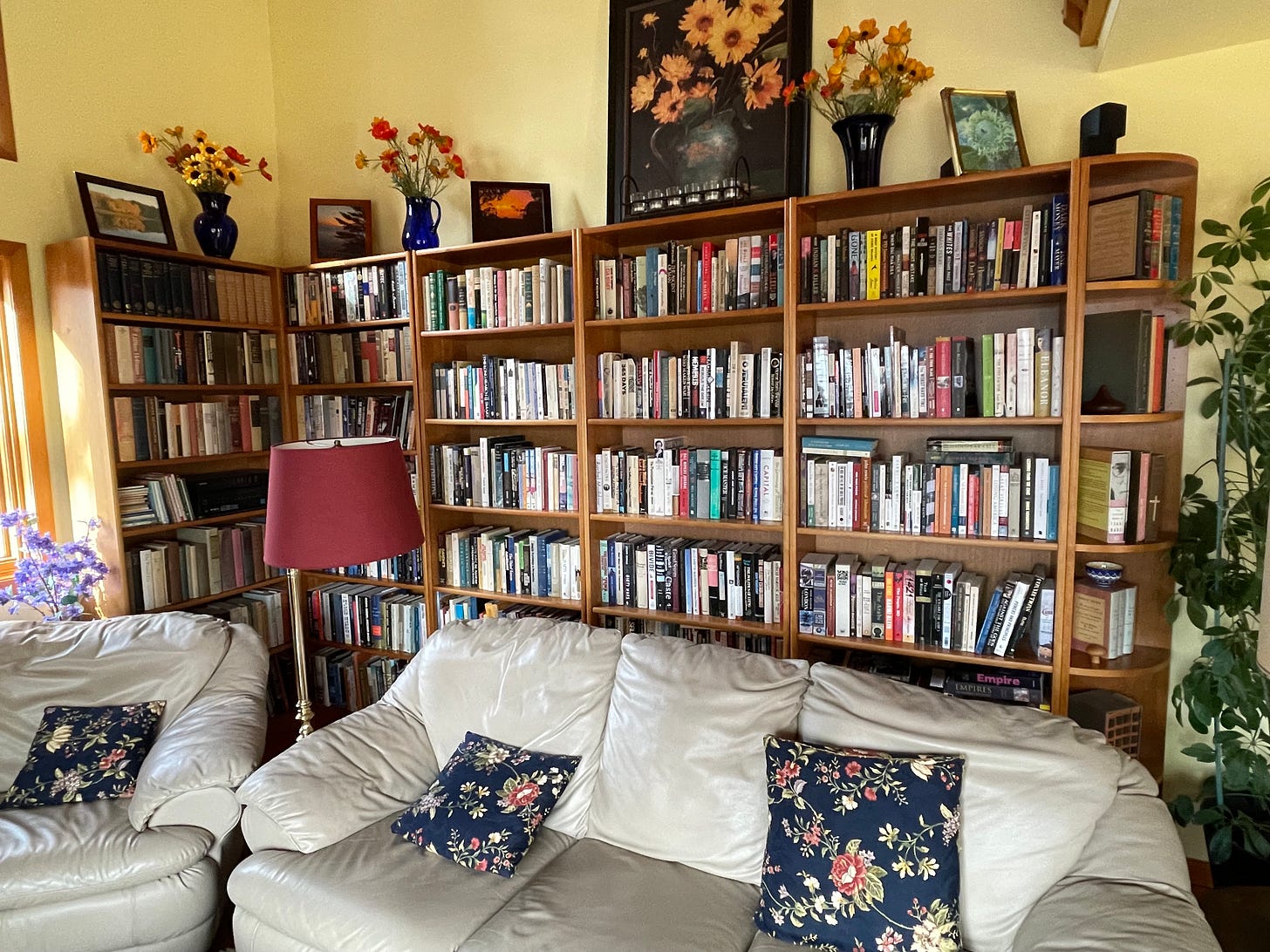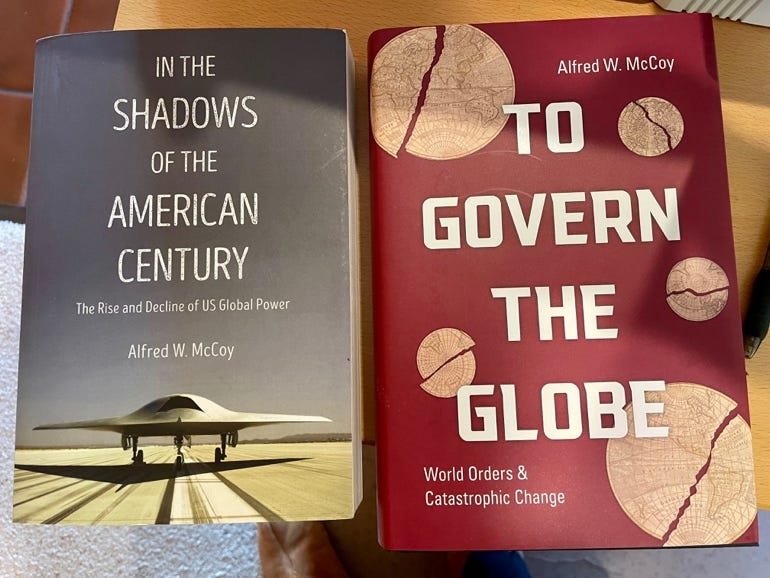Somewhere is high school I began to develop an interest in what was happening, not only in the US, but also in the rest of the world and how we, the US, was dealing with those changes. That interest has continued and has become more focused through my political involvement over the years and ultimately with my involvement with the Great Decisions program. Great Decisions is a program of local discussions of US foreign policy sponsored by the Foreign Policy Association. Each year they produce a book and a set of DVDs dealing with 8 foreign policy issues to form the basis for monthly discussions by local groups. There are hundreds of these groups across the US and I was the facilitator of two of these groups for over a decade.
During that time. I formed a friendship with a former foreign service officer who now teaches diplomacy at the University of Minnesota/Duluth among other duties. He has traveled widely and is up to date on what is happening with American foreign policy. He visits us regularly and we have great discussions about the state of the world.
Recently I have read two books that were incredibly helpful for me in getting more clarity about the international situation and the part the US plays in it. The first book is “In the Shadows of the American Century: The Rise and Decline of US Global Power” and the other is “To Govern the Globe: World Orders and Catastrophic Change”.
“In the Shadows of the American Century” deals with the rise of the US as a world power and the beginnings of what might be thought of as “The American Empire”. The focus is especially on the growth of this idea since WWII and then the Cold War.
The book also deals with the ways the US employed to not only protect its position in the world, but also to extend and project its power. And finally, McCoy deals with the decline of that ideology in the face of a changing world.
The second book, “To Govern the Globe”, is about past empires and the world order that came with each empire. It maps the changes as empires decline and are supplanted by other empires as the realities of the world change causing shifts in power and dominance. That, by itself is worth the price of the book.
But, in addition as the author moves through the British Empire, the Pax Americana and finally the rise of China we see how the US has risen in power and is now beginning its decline as China surges forward.
His final chapter is about the realities of climate change as a game changer.
Both of these books are helpful in creating a context within which to view not only how the world continues to change, but also international affairs and the shifts brought about by new realities. Both books help with an understanding of the bigger, global picture which can lead us to a better perspective of the world and our involvement with it.







